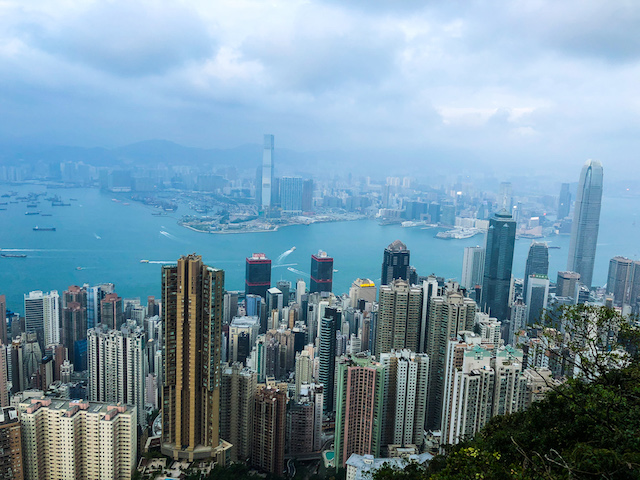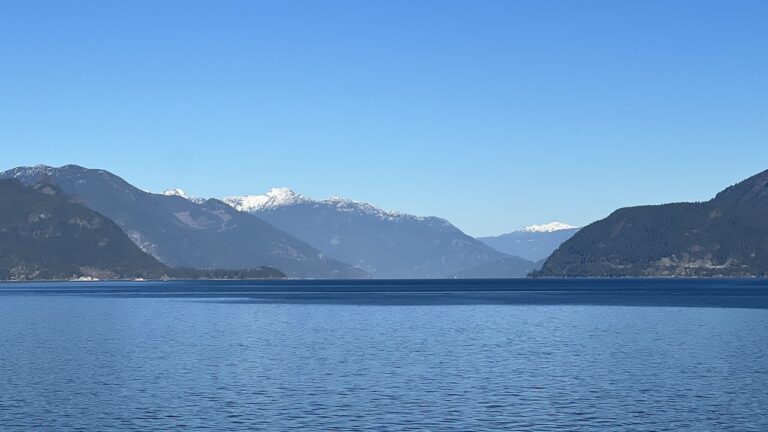Antigua Volcano Hikes
This guide covers everything you need to know about the volcano hikes that most visitors to Guatemala consider.
The three major volcanos that are hiked near Antigua, Guatemala are Fuego Volcano, Acatenango Volcano, and Pacaya Volcano. Though less popular with tourists, there is also Agua Volcano.
Which volcano hike should I do in Antigua?
It really depends on your fitness level and what you are trying to get out of the hike. I’ll be discussing the different options below.

What are the different elevation profiles of the hikes?
The summit of Acatenango rises to 13,040 feet (3,976 m).
The summit of Fuego rises to 12,350 feet (3,768 m). However, you can’t actually summit it given how active it is, and you stop about 800ft below the summit.
The summit of Pacaya is 8,373 feet (2,552 m). This is a lot more manageable for those who have altitude sickness problems.
For context, Antigua, Guatemala sits at 5, 069 feet above sea level (1,545m).
Hiking Acatenango Volcano

If your goal when hiking volcanos is to see one up close, and witness the incredible hot lava spewing from it at night, then hiking up to the Acatenango base camp is a must, and will require a 2 day, 1 night trip.
The hike to basecamp is approximately 4 miles from the start of the hike, with 3,700 feet of elevation gain. That’s about 1000 feet of elevation every mile, which is quite steep and difficult.
When you hike up to the base camp at Acatenango (note, this isn’t the summit), you’ll be facing the summit of Fuego from across the valley. You could stop there, and spend the night in camp watching the volcano erupt.
Many outfitters opt to hike to the true summit of Acatenango the following morning at sunrise. This hike to the summit is another 3 miles roundtrip to basecamp, and another 1500ft of elevation gained and then lost. The top of Acatenango i above 13,000ft, so you also will feel the altitude.
That means that the roundtrip travel to the summit is 8.5 miles with 5,269ft of elevation gain from the trailhead, if you don’t take the separate hike over to Fuego.
If you are looking to hike Acatenengo, consider going with OX Expeditions. This is the outfitter I used and I highly recommend them, in particular because you get to sleep inside a cabin instead of a tent (helps with warmth), and also because they make it easy to rent any gear you don’t bring with you to Guatemala.
Hiking Fuego Volcano

Some outfitters in Antigua provide the option to also hike to a ridge of Fuego Volcano. Please note that you don’t actually go to the summit – that would be dangerous, as you’d be hiking into the active volcanic crater! Instead, this option gets you as close as you can safely get to the lava explosion show. Most tour groups aim to be at the ridge around sunset, so you can enjoy the cloud inversion and then see the lava eruptions in the dark, up close.
Hiking to Fuego from Acatenango base camp adds another 3 miles of hiking, with 1,000ft of elevation lost, and 1,000ft of elevation gained. You have to descent from Acatenango to a col between the volcanos, then ascend the other side (the actual side of Fuego). And of course, you have to do the same on the return. So you hike down, then up, then down, then up, and you do half of it in the dark (on the return).
The trail from Acatenango to Fuego is quite steep , with slippy rock and sand areas where you need to have sure footing. However, the views are incredible! It can be quite windy on the ridge of Fuego so be aware and dress in layers accordingly.
You access Fuego volcano by hiking to Acatenango first, so I still recommend OX Expeditions for your journey.
Hiking Pacaya Volcano

The hike to Pacaya volcano is moderate in comparison to Acatenango and Fuego, though still somewhat difficult. The stats on it are a 3.5 mile roundtrip hike with 1,479 feet of elevation gain. So that’s about 800 feet every mile.
Most travelers go to Pacaya in order to see lava up close or to roast marshmellows on the trail. The volcano has been relatively quiet as of late, so it would be good to contact an outfitter before booking to see the conditions.
If you’re interested in hiking to Pacaya, check out this Day Trip from Antigua. If you are looking for more adventure, you can also opt to do an ATV tour on the volcano or even a horseback ride!
Hiking Agua Volcano

I had not met any touists who have hiked Agua Volcano, but many local guides talked about hiking it regularly.Agua volcano is the volcano that casts it’s shadow over the town of Antigua, and is fortunately no longer active. It’s a very hard hike, since the elevation is higher than any of the other volcanos mentioned in this list, at 12,340 feet (3,760m). The trail is approximately 10 miles roundtrip, with 5,213 feet of elevation gain.
Accommodations before and after the hike

It’s highly recommended to stay in Antigua the night before you start any of these hikes, to help with acclimating to the elevation.
I stayed at the Hotel y Arte Antigua when I was visiting. I liked it for it’s big rooms and tons of colorful art everywhere; also the famous Sky Bar restaurant is on the rooftop, with incredible views of the city! They also had very reasonable rates for laundry service which was super convenient while traveling.
Many of my fellow hikers went on to Lake Atitlan after the hike. I did too (though not directly), and stayed in Santa Cruz at Hotel & Restaurante Arca de Noe. Santa Cruz is a great spot on the lake given how quiet it is. I also enjoyed a fantastic dinner and vibe at Free Cerveza in Santa Cruz, and it looked like a beautiful property to enjoy (with free beer!).






